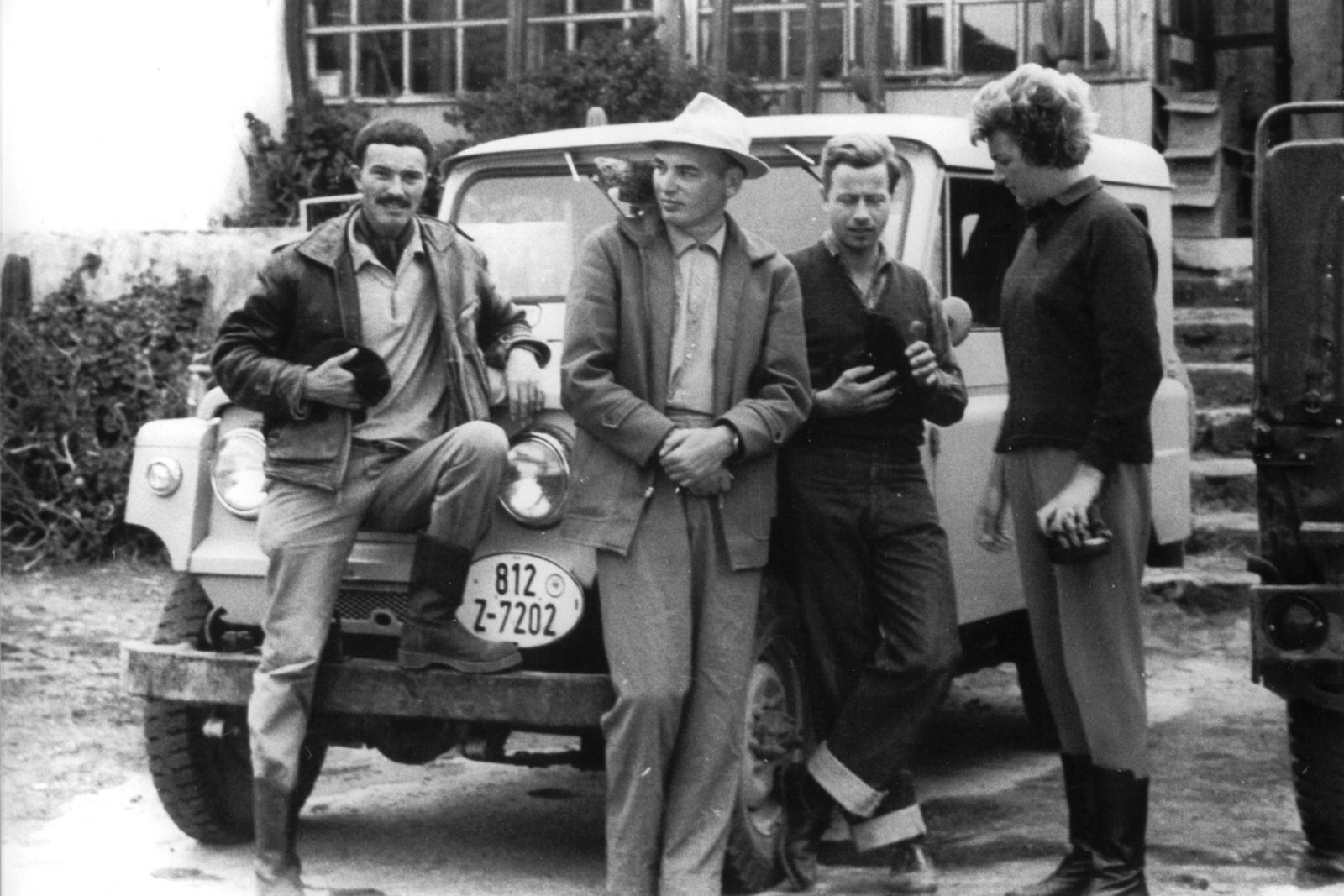History
The Commission for Archaeology of Non-European Cultures (KAAK) was founded in 1979 as the “Commission for General and Comparative Archaeology” (KAVA). This took political, social and scientific developments into account and enabled the DAI to expand its Mediterranean and West Asian focus in favour of a global perspective.
Our History
The Commission for Archaeology of Non-European Cultures (KAAK) was founded in 1979 under the name of ‘Commission for General and Comparative Archaeology’ (KAVA). The creation of the KAVA took into account political, social, and scientific developments and enabled the DAI to widen its traditional focus on Mediterranean and West Asian archaeology to a more global outlook. The research carried out by KAVA was founded on a universal and worldwide comparative approach concerned, for instance, with the diffusion of human societies, their adaptation to fundamentally differing natural environments, and their subsequent transformation.
The stance taken by its first director, Hermann Müller-Karpe, was primarily focussed on the theoretical examination of KAVA 's central issues. Attention was therefore dedicated mostly to the publication of summary outlines, but also of materials inventories. For this purpose a number of different publication series were established, such as the AVA-Materialien, the AVA-Kolloquien, and the AVA- Forschungen, with AVA standing for ‘General and Comparative Archaeology’ (Allgemeine und Vergleichende Archäologie).
However, it became evident that many regions lacked reliable data from recent research, so that the initial theoretical and comparative approach by the KAVA increasingly shifted towards practical fieldwork. This gradual development led to the unit's renaming to Commission for Archaeology of Non-European Cultures (Kommission für Archäologie Außereuropäischer Kulturen, KAAK) in 2005. Today, the KAAK carries out fieldwork in 15 countries of Latin America, Asia, Africa, and Oceania.

